MATCHA 101
Learn how to evaluate the quality of matcha
There are now thousands of brands of matcha available in the USA. Some are good, some not so good. If you want to avoid disappointment, it pays to know how to evaluate the quality of any matcha offered for sale. At upwards of $15 an ounce, matcha is quite expensive for tea. Our hope is that this knowledge we share will help you avoid spending too much time or money on undeserving products.
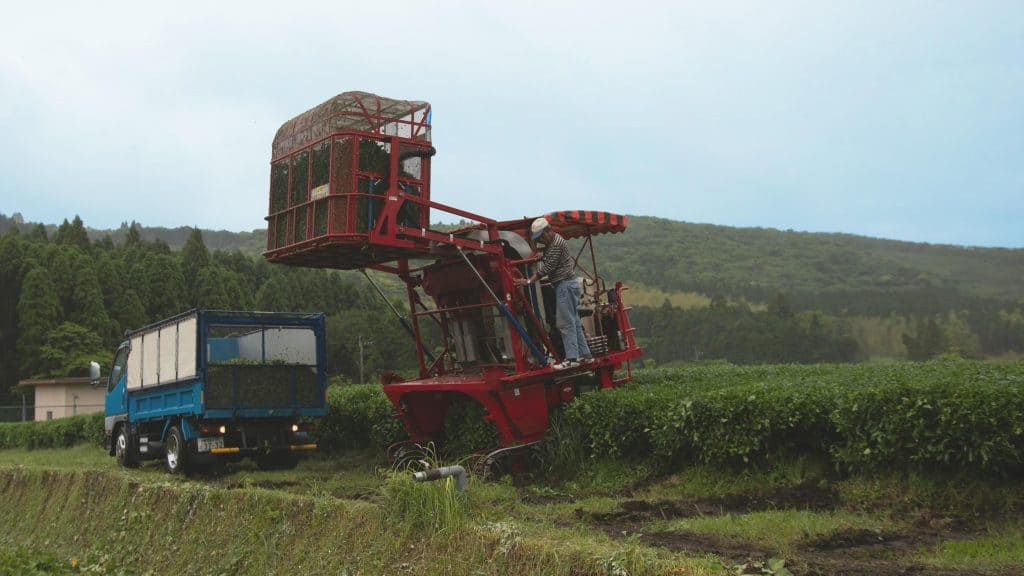
HOW MATCHA IS MADE IN JAPAN
Producing matcha tea is a process which requires skilled labor at each stage. The tea plants must be cared for, properly shaded, and then processed in specific methods. Thereafter, a
Read More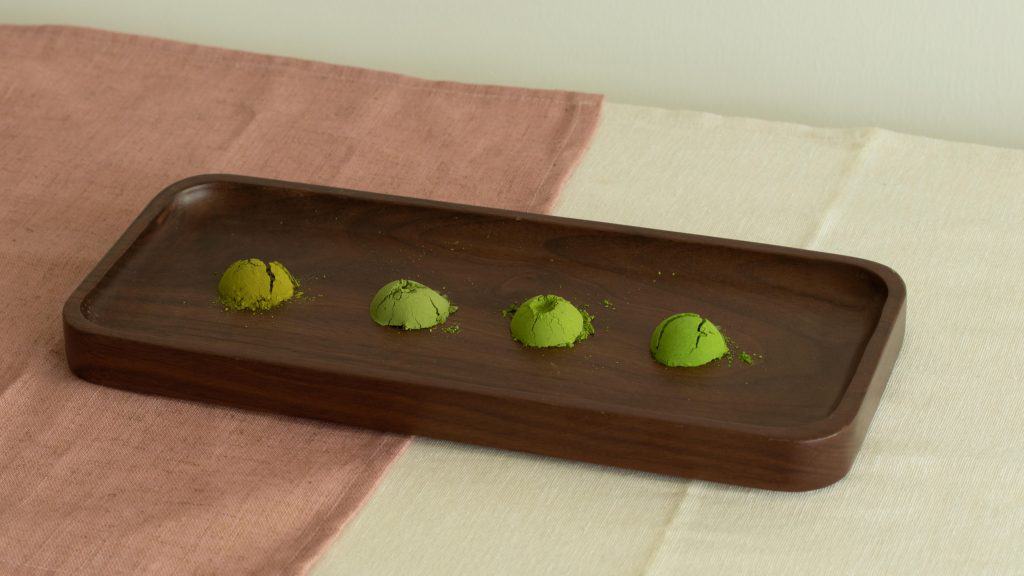
UNDERSTANDING THE REAL DIFFERENCE BETWEEN CEREMONIAL AND CULINARY GADE MATCHA
Outside Japan, most matcha consumers divide matcha into two types of matcha grades; ceremonial grade matcha and culinary grade matcha. The idea is that ceremonial grade matcha is a higher
Read More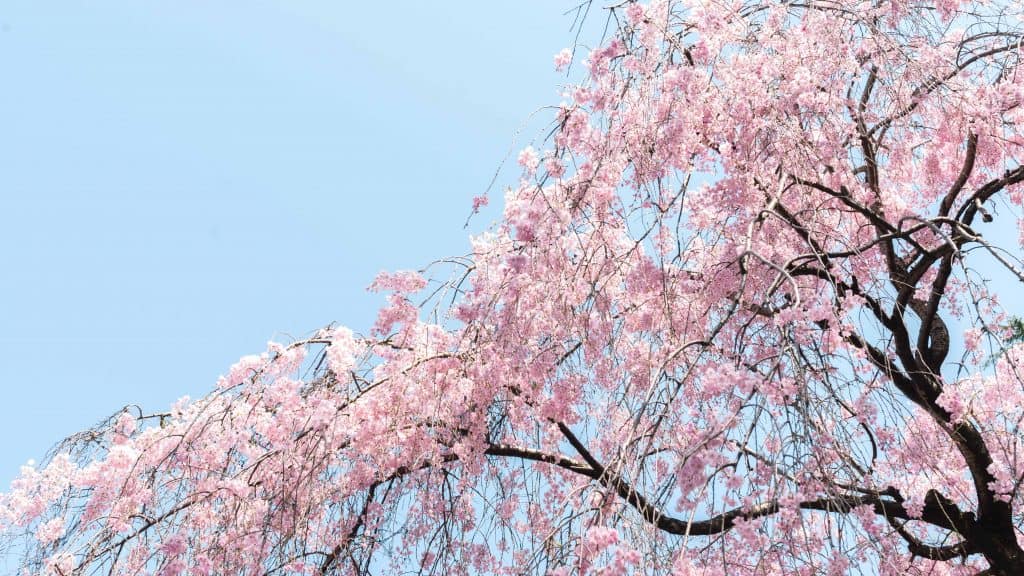
WHAT IS THE FIRST HARVEST AND WHY IS IT SO IMPORTANT?
In the first week of May each year, there is a palpable energy in the tea growing regions of Japan. It is time for the annual first tea harvest, the
Read More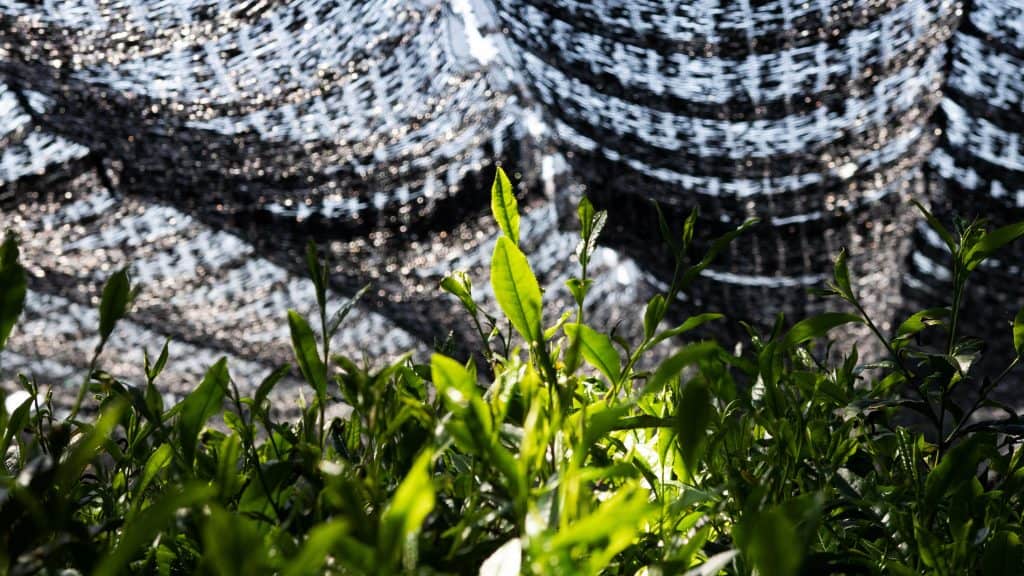
WHAT ARE TEA CULTIVARS AND SHOULD YOU PAY ANY ATTENTION TO THEM
More than 70% of all tea plants grown in Japan are genetically identical. This is because they were propagated from cuttings rather than grown from seeds. This is known as
Read More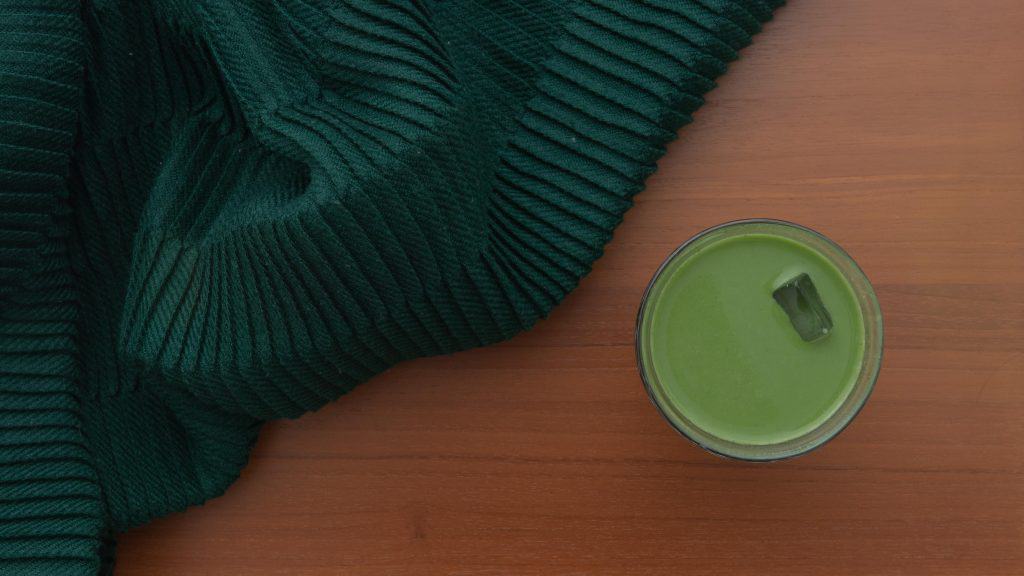
WHY IS IT HARD TO FIND GOOD ORGANIC MATCHA FROM JAPAN
In America and Europe, organic foods are typically perceived to be of higher quality. Based on the volume of enquiries we receive on the topic of organic matcha tea, it
Read More